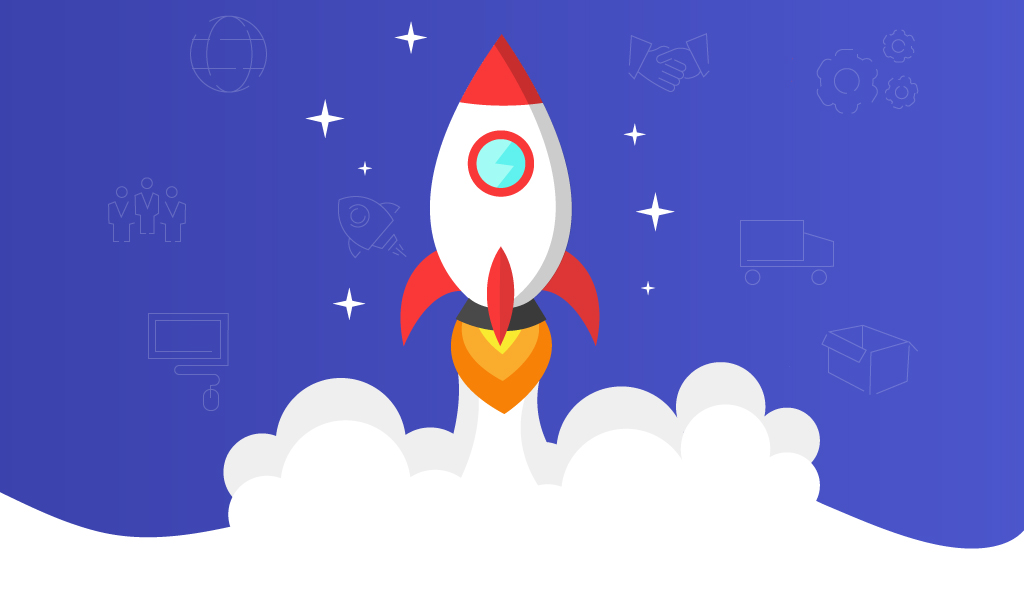News and Insights
E-commerce, Logistics, and Small Business Management
What Most Founders Get Wrong About Readiness

Everyone wants to be ready.
Founders lay out systems. They prep packaging. They compare fulfillment options. They try to anticipate what might break—so when the orders come in, they’re ready to scale. It’s a natural instinct, and it feels productive.
But there’s a hard truth most early-stage brands miss:
Most startups never get enough orders for scaling to be the problem.
They don’t fail because they couldn’t fulfill orders. They fail because they never figured out how to generate orders—consistently.
Preparation Feels Like Progress—But It Can Be a Distraction
There’s a kind of comfort in building behind the scenes. Prepping for volume feels like work, and it is. But unless that volume actually shows up, it’s misplaced effort.
Many founders prematurely invest in systems, software, and processes without ever validating real demand. They end up with a fulfillment setup they never needed—and a product that still hasn’t found traction.
If you’re shipping a dozen orders a week, your biggest risk isn’t fulfillment inefficiency. It’s that the orders stop entirely.
Fulfillment Is a Scaling Problem—Not a Launch Problem
Fulfillment isn’t the first problem to solve. It’s the problem you solve once you know people want what you’re selling.
If you’re still testing product-market fit, you need flexible, lightweight operations. Not warehouse workflows. Not automation. Not long-term contracts. You need to focus on getting sales—and learning why people do or don’t convert.
Until you’re generating repeatable demand, fulfillment isn’t what’s holding you back.
Real Readiness Means Consistent Demand
So how do you know when you’re ready?
Not when your website is perfect. Not when your packaging is dialed in. Not when you’ve figured out how to print the prettiest insert cards.
You’re ready when:
- You can generate sales consistently—not just in a launch week
- You understand who your customer is and how to reach them
- You’re outgrowing your current workflow—not just bored with it
Anything short of that is not a scaling problem—it’s a signal to stay lean, stay flexible, and keep testing.
Build Just Enough to Learn
At the earliest stages, fulfillment isn’t an engine you optimize—it’s a feedback loop you listen to. Every order is a signal. Every customer is a data point. And every hiccup is a chance to learn something you couldn’t have predicted.
You don’t need a perfect process. You need one that lets you:
- Ship fast enough to keep customers happy
- Watch how people respond to your product, packaging, and messaging
- Make informed adjustments based on real-world behavior—not guesses
The goal at this stage isn’t efficiency—it’s insight. You’re not building for scale yet. You’re building for clarity. And clarity is what makes scaling possible.
Final Thoughts
If you don’t have (many) orders, you don’t need a warehouse. You don’t need automation. What you need is a product people genuinely want—and a way to sell it consistently.
That’s the foundation. Without it, nothing else matters.
Until you’ve proven demand, fulfillment systems are just noise. They won’t create momentum. They won’t fix a leaky offer. They won’t turn a struggling brand into a growing one.
But once you’ve validated demand—once the orders are coming in not just occasionally, but reliably—that’s when fulfillment becomes strategic. That’s when systems, efficiency, and scale start to unlock real growth.
Start there. Build what matters first.
Are you ready? Let’s talk!

Recent Comments